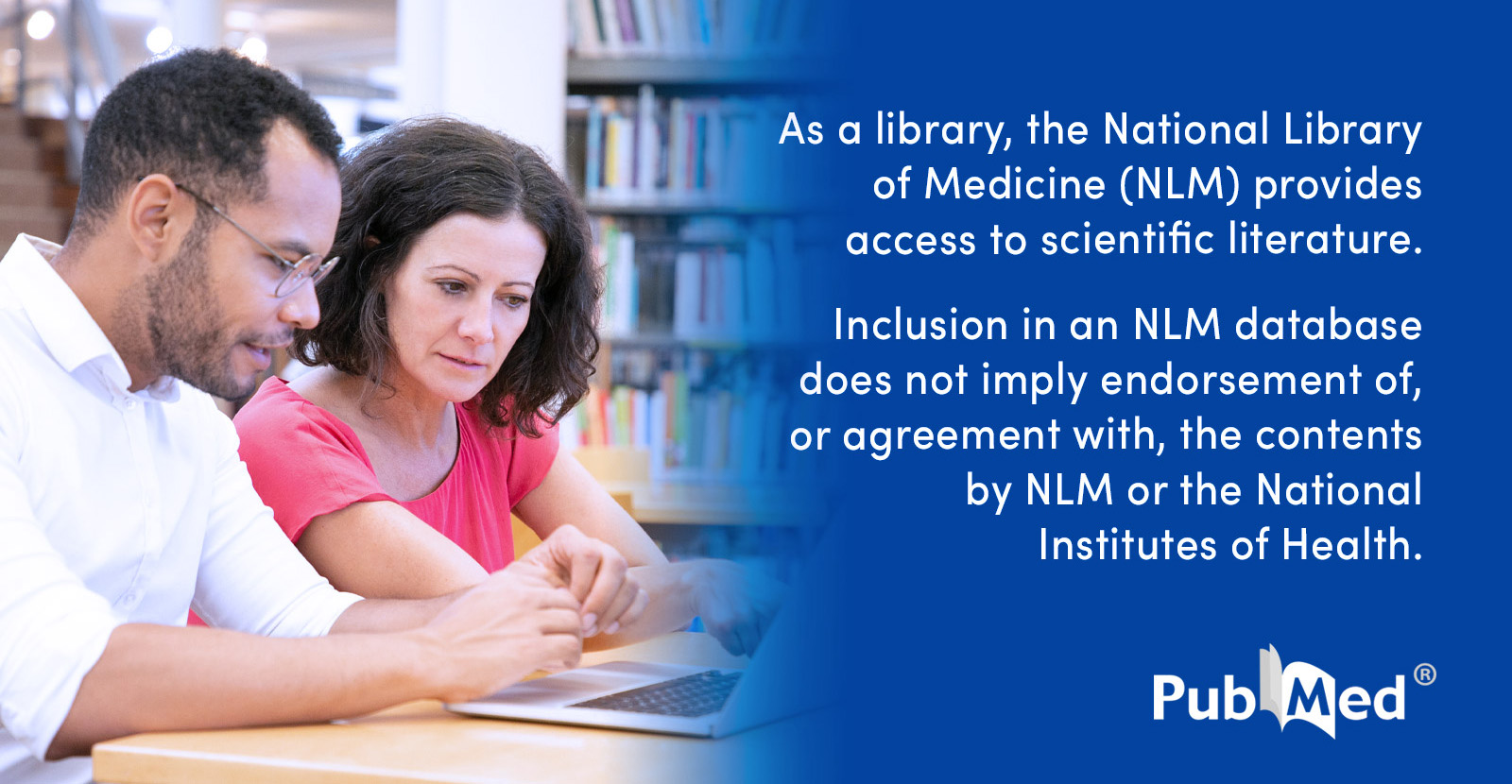I mentioned before that Charles Schnabel claimed that he got the best results if the wheatgrass was harvested at 4 AM. Well, now I stumbled upon another man who claimed to had discovered perhaps a similar effect:
So the time window is quite short, from the 5th to the 8th day for maximum benefits.
Tissue therapy is a method initially proposed by Filatov, that is based on a hypothesis of existing of biogenic stimulators (substances appearing in tissues exposed to unfavorable conditions) that stimulate inner powers of a treated organism. Filatov treated corneal opacity by human cornea transplantation. At the first, transplantation material was taken from humans who were having an eye surgically removed. Due to a shortage of supply, Filatov tried to use corneas from recently dead people. That did not lead to satisfying results. During experimental work he discovered that corpses' corneas, saved at 3-4 °C for several days, rather than used immediately, gave more positive results. Thus he succeeded in growing his practice in cornea transplantation.
As it seemed to Filatov in the time of engaging in that practice, the method also cured a number of diseases not connected to corneal opacity. He suggested that a piece of tissue placed in unfavorable conditions (cold and darkness) which still do not kill it, changes its metabolism for producing some yet unknown compounds, that serve saving it alive as long as possible. He named them biogenic stimulators.
Then he applied the same method to treating skin diseases, and (by 1933) he formulated main postulates of his doctrine of biogenic stimulators and tissue therapy.
All biogenic extracts have common preparation technique: original material is exposed to specific cold temperatures for specific durations, then extraction is performed, the obtained extracts are packed in ampules and sterilized.

Vladimir Filatov - Wikipedia
en.wikipedia.org
Filatov's theory is that, when tissue has been removed from the body under aseptic conditions and allowed to stand 6 to 7 days at +2°C., certain disintegration substances are released. These disintegration substances act as vital stimulants when the tissue is implanted or its extracts are injected. This action is not a specific one for any particular organ. He believes that it is this stimulation, and not the vitamin content alone, which produces beneficial results.
The author studied the dynamics of the changes occuring in the content of basophilic substances (RNA) glycogen and fats in the tissues preserved by the method of academician V. P. Filatov. The total period of preservation may be subdivided into 3 stages. During the 1st stage of preservation (from the 1st to the 4th day) the quantity of the basophilic substances remains unchanged or decreased as compared to the control. The quantity of RNA is greatly increased from the 5th to the 8th day (the second, stage), while after the 8th day the amount of RNA shows a rapid reduction. If the tissue is taken from sick animals basophilia, does not increase during the process of preservation. The quantity of glycogen is sharply diminished from the very first days of preservation, while the quantity of fat rises.
By estimating the increased quantity of the basophilic, substances in the preserved tissue one may judge the readiness of the tissue for transplantation to the patients.

Changes in the metabolite content of tissue preserved by V. P. Filatov's method - Bulletin of Experimental Biology and Medicine
The author studied the dynamics of the changes occuring in the content of basophilic substances (RNA) glycogen and fats in the tissues preserved by the method of academician V. P. Filatov. The total period of preservation may be subdivided into 3 stages. During the 1st stage of preservation...link.springer.com
So the time window is quite short, from the 5th to the 8th day for maximum benefits.





